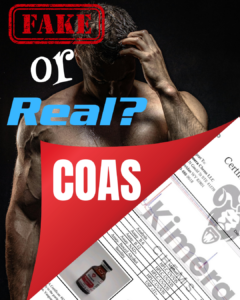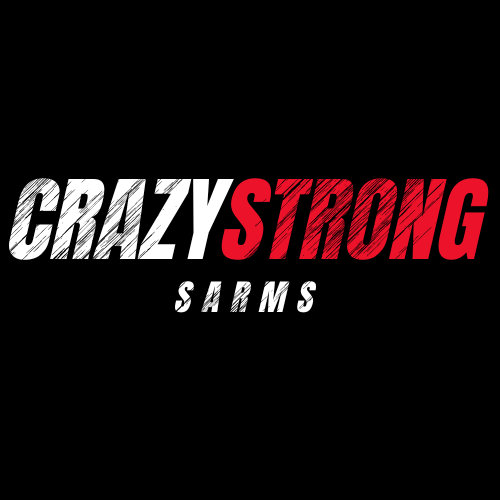
If you’ve ever bought SARMs, chances are you’ve come across the infamous Certificate of Analysis (COA). These documents are supposed to prove that what you’re buying is pure, tested, and legit—but are they always real? Or are some companies just pulling a Wizard of Oz trick, showing you a fancy curtain while hiding the truth behind it?
What Is a COA?
A Certificate of Analysis (COA) is a lab report that provides key information about a product’s purity, identity, and composition. Legitimate COAs should contain:
✅ Lab Name & Contact Info
✅ Batch Number & Product Name
✅ Date of Testing
✅ Purity Percentage
✅ Testing Method (HPLC, NMR, Mass Spectrometry, etc.)
Fake vs. Real COAs – How to Spot the Fakes
Not all COAs are created equal. Some shady companies Photoshop their way into your wallet. Here’s how to separate the real deals from the snake oil salesmen:
📌 Check the Lab Name – If the COA has no lab name or contact info, 🚩 red flag! 📌 Look for an Official Seal or Signature – A legit COA should have a verifiable signature or stamp from an accredited lab. 📌 Verify the Testing Lab – Many third-party labs have online databases where you can cross-check reports. 📌 Watch for Suspiciously Round Numbers – A 99.99% purity rating sounds too good to be true because… it probably is. 📌 Compare Batch Numbers – If a company is using the same COA for multiple batches, 🚨 warning!
Let’s Look at the Data 📊
Purity Ratings of SARMs from Different Sources
| SARMs Vendor | Purity (Tested by 3rd Party) |
|---|---|
| Kimera Chems | 99.7% ✅ |
| Random SARMS Seller | 82.3% ❌ |
| Sketchy “Research” Site | 75.5% 🚨 |
Moral of the story? If you’re buying SARMs at too-good-to-be-true prices, you’re probably getting flour, caffeine, or who-knows-what instead of legit compounds.
How to Make Sure You’re Getting the Real Deal
✔ Buy from Reputable Sources – Do your research and look for well-reviewed brands.
✔ Ask for COA Verification – A legit company will provide a direct link to the lab’s results or let you verify with the lab directly.
✔ Test It Yourself – If you’re unsure, send a sample to a third-party testing lab to confirm purity.
Final Thoughts – Look Behind the Curtain!
Next time you see a shady COA, think of the Wizard of Oz—pull back the curtain and check what’s really going on. If a company is hiding info, using fake reports, or giving you sketchy numbers, it’s time to run.
Stay smart. Stay skeptical. And always check your COAs! 🔍
#SARMs #FakeCOAs #RealOrFake #PurityMatters #SupplementScams
